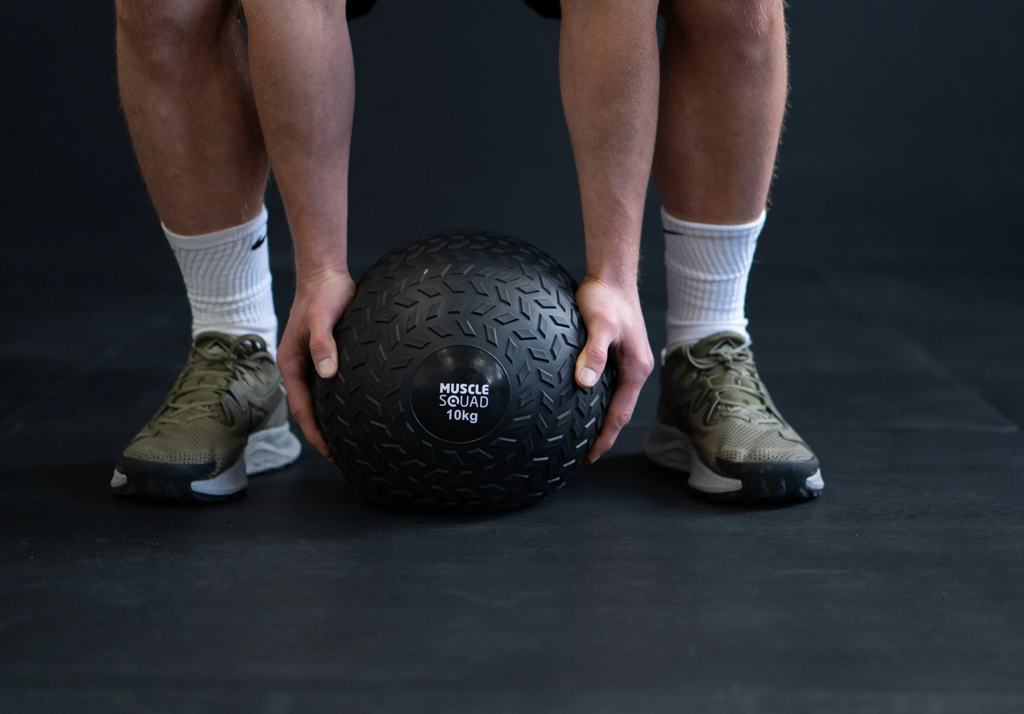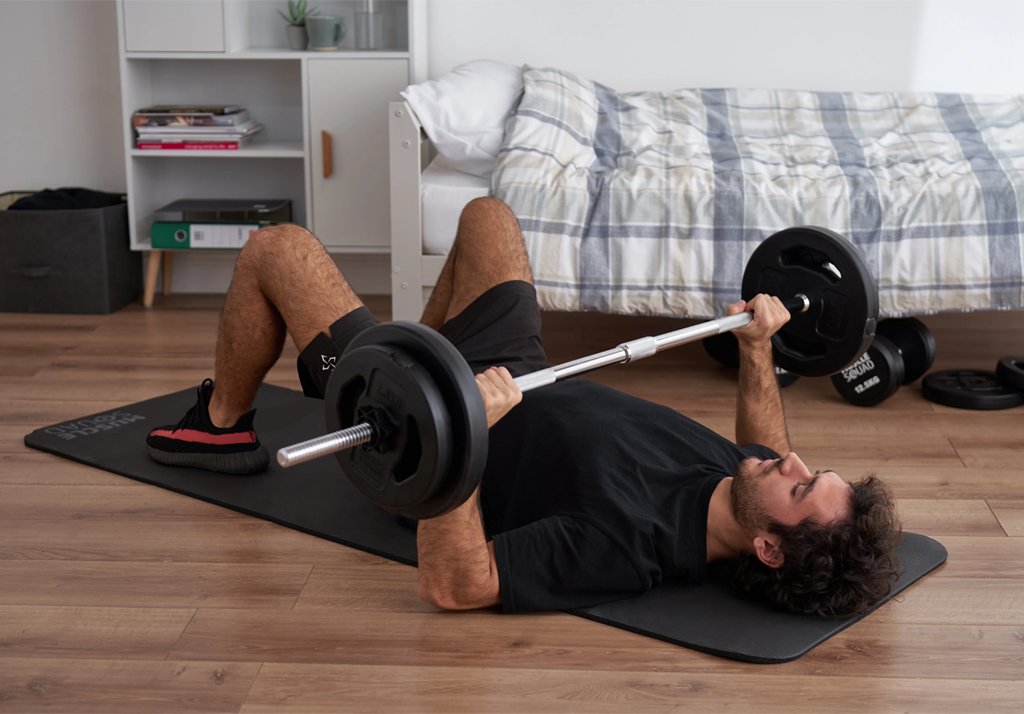Power
When looking at power as a physics issue, some maths comes along to help explain it. In its simplest form, the equation goes something like force times speed. Let's convert this to a sports example, and that could help shed some light on how power relates to our day-to-day situations. In boxing, you need to punch the other opponent to victory.
The force and speed behind that punch are important to ensure you have the right power within that punch. It takes the combination of both. Having fast jabbing punches won't come with a lot of energy, and a forceful yet slower uppercut won't be as impactful as a faster one.
That's why you can have a heavyweight boxer, over six feet and crossing 250 pounds of muscle that may not have actually powerful punches. They have the force but need to train up their speed. The opposite is true for those boxers in the welterweight class; they already have the pace but need to increase their force.
Whoever masters the combination of both will have the most powerful punches that can determine whether they come in the first place or not.
How does one train for power?
So we already know what is in the recipe for power: force and speed. Let's replace it with strength so we get a clearer picture of the training. First, take a step back and see where you are already sufficient. Are you already strong, maybe through physical labour, or are you a bodybuilder at the gym? Or are you limber, athletic and agile?
Be honest with yourself as you want to eventually focus on the weaker area first to bring yourself up to equal footing in both areas. If you need to improve your speed, then start with cardio-based activities. If you need to improve your strength, then hit the weights.
When you get to a better footing on both spectrums, three core exercises will continue to elevate your training in speed and strength. These are known as plyometric, dynamic effort and ballistic training.
Plyometric Training
This is your first dual training area, where it works to improve your speed and strength. It means having an exploding jumping movement as part of the exercise. At first, it works on stretching the muscles and then immediately contracts those muscles. Common examples range from clap push-ups, jumping rope or hopping, and even doing lunges. You may see it referred to as jump training, which is appropriate.
Ballistic training
Here you become similar to a bullet. Whether you're throwing yourself or an object, you're pushing it forward akin to an explosive projectile. Common examples are throwing items such as medicine balls or slamming them on the ground.
Dynamic Effort training
Here we're looking at weightlifting but not at your max weights. It's about using lower weights than you're used to but moving those weights around at much faster speeds. This can be bench pressing faster, picking up free weights, and doing punching exercises as quickly as possible.
Benefits of Power training
When you start focusing on building up your power in a combined effort, not just strength or speed separately, you will begin to notice your whole body working at a different level. You're working on connective tissue strengthening that isn't commonly done, which actually helps to improve your resilience and speed but helps prevent injury simultaneously.
You're also working on getting stronger, but you'll have improved mobility being built at the same time. This means being much more agile and fast on your feet instead of a lumbering hulk if you focus only on strength training.

 Oct 21, 2022 - Chris Billingham
Oct 21, 2022 - Chris Billingham


Leave a comment: